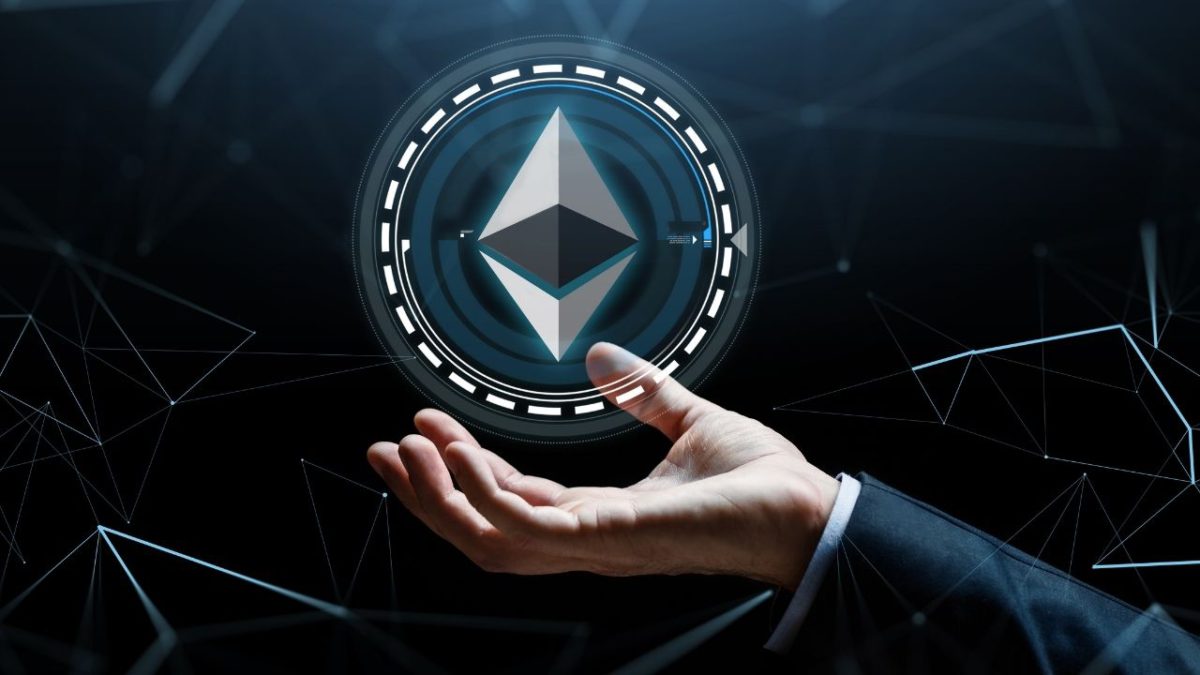Get Ethereum in long term investment- As it gets Scaling Testnet Upgrade
The zkEVM test network will be the first of its type, and it has the potential to transform Ethereum scaling drastically in the future. Ethereum in long term becomes your best investment.
zkSync, the protocol in charge of developing Ethereum scaling platforms, announced the test network release of an Ethereum Virtual Machine compliant Zero-Knowledge rollup (zkEVM) years ahead of schedule.
The Ethereum Virtual Machine (EVM) is the environment in which all Ethereum wallets and contracts run, and it is in charge of creating the chain’s rules from block to block. The new test network is the first to use a ZK rollup to run the whole Ethereum ecosystem. It will provide valuable data into how well zero-knowledge technology scales blockchains.
Ethereum rollups have adopted two alternative approaches to expanding the base layer in recent years, classed as Optimistic and Zero-Knowledge. Both methods have gained traction, with Arbitrum being the most well-known Optimistic chain and DyDx using ZK technology for their leveraged trading application. Because the whole Ethereum environment, which provides customizable smart contracts, would be too computationally intensive, ZK rollups have traditionally focused on giving a single type of application per chain, similar to DyDx.
Also, read – Ethereum Protocol Major Updates: an Exclusive Sneak Peek
Previously, trade-offs favored Arbitrum and Optimism; now, zkSync has the chance to level the playing field. On mainnet, Optimistic Rollups can currently provide a single, composable environment where users can employ applications ranging from NFT markets such as OpenSea to lending protocols such as Aave. Users would have a similar end experience with zkEVM, with lower transaction costs and near-instantaneous finality, eliminating the two-week withdrawal periods associated with Optimistic rollups.
Although ZK rollups are more computationally intensive and load nodes attempting to solve zero-knowledge validity proofs, they can post network state to Ethereum for a fraction of the cost of even Optimistic Rollups. According to L2Fees.Info, zkSync and Loopring presently provide transaction fees 1/200th of the pricing on mainnet. Users on Ethereum’s base layer would spend slightly over $90 for a trade on a decentralized exchange, while Loopring and zkSync users would pay $0.45-$0.68.
If zkEVM can give fees comparable to other ZK rollups, Ethereum’s scaling problems may be solved sooner than predicted. Native Ethereum applications will easily port over Solidity-based contracts and provide a broad range of products in a low-fee environment underpinned by Ethereum’s security. This will aid ethereum in long term as an investment.
While reducing transaction costs is an essential part of scaling blockchains, the chain’s ability to host applications that generate user demand is more critical. Without losing liquidity, decentralization, or product offering, zkEVM will potentially host the industry’s favorite applications.
Stay informed with daily updates from Blockchain Magazine on Google News. Click here to follow us and mark as favorite: [Blockchain Magazine on Google News].
Get Blockchain Insights In Inbox
Stay ahead of the curve with expert analysis and market updates.
latest from tech
Disclaimer: Any post shared by a third-party agency are sponsored and Blockchain Magazine has no views on any such posts. The views and opinions expressed in this post are those of the clients and do not necessarily reflect the official policy or position of Blockchain Magazine. The information provided in this post is for informational purposes only and should not be considered as financial, investment, or professional advice. Blockchain Magazine does not endorse or promote any specific products, services, or companies mentioned in this posts. Readers are encouraged to conduct their own research and consult with a qualified professional before making any financial decisions. The featured image used is just a creative depiction of the title and it does not intend to hurt sentiments of any person or institution. If it hurts anyone sentiments, please do not hesitate to reach out to Blockchain Magazine.

 Bitcoin
Bitcoin  Ethereum
Ethereum  XRP
XRP  Tether
Tether  Solana
Solana  Dogecoin
Dogecoin  USDC
USDC  Cardano
Cardano  Lido Staked Ether
Lido Staked Ether  TRON
TRON  Chainlink
Chainlink  Avalanche
Avalanche  Sui
Sui  Wrapped stETH
Wrapped stETH  Wrapped Bitcoin
Wrapped Bitcoin  Stellar
Stellar  Toncoin
Toncoin  Hedera
Hedera  Shiba Inu
Shiba Inu  Polkadot
Polkadot  WETH
WETH  LEO Token
LEO Token  Bitcoin Cash
Bitcoin Cash  Litecoin
Litecoin  Official Trump
Official Trump  Hyperliquid
Hyperliquid  Bitget Token
Bitget Token  Uniswap
Uniswap  Pepe
Pepe  Wrapped eETH
Wrapped eETH  USDS
USDS  NEAR Protocol
NEAR Protocol  Ethena USDe
Ethena USDe  Aave
Aave  Aptos
Aptos  Internet Computer
Internet Computer  Ondo
Ondo  WhiteBIT Coin
WhiteBIT Coin  Monero
Monero  Ethereum Classic
Ethereum Classic  Cronos
Cronos  POL (ex-MATIC)
POL (ex-MATIC)  Mantle
Mantle  Render
Render  Dai
Dai  Bittensor
Bittensor  Algorand
Algorand 




